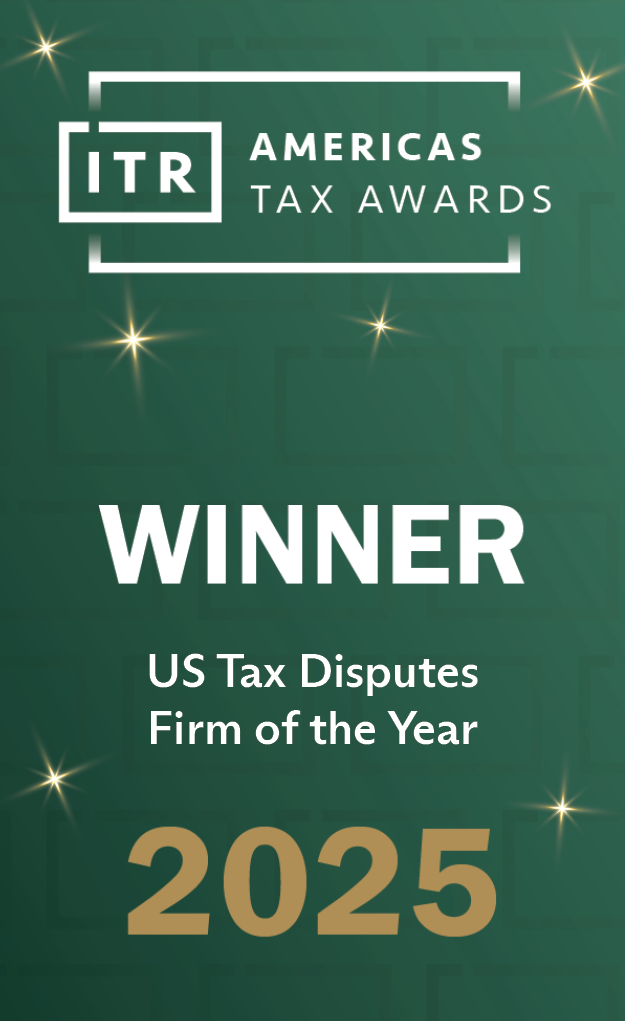The last few years have seen significant changes in audit procedures employed by the Internal Revenue Service (IRS). These changes range from the new Information Document Request (IDR) procedures to substantial changes at the IRS Appeals level. This post focuses on the IRS’s attempt to develop an agreed set of facts before a case is submitted to IRS Appeals.
As taxpayers and practitioners are aware, IDRs are the most-used tool by IRS revenue agents to obtain information and develop the factual record (other common tools include interviews and site visits). Revenue agents use IDRs in several ways, including to request documents, understand taxpayer positions and identify key personnel involved. The end result of this information gathering is a notice of proposed adjustment, which then forms the basis for the revenue agent’s report in an unagreed case.
Revenue agents are now directed to issue a final IDR, the “Acknowledgement of Facts” (AOF) IDR. This IDR purports to recite the facts related to a particular issue and request that the taxpayer acknowledge the facts, provide its disagreement with any facts and/or provide any additional facts. The stated purpose of this IDR is to ensure that “all relevant facts,” including additional and/or disputed facts, are appropriately considered before a notice of proposed adjustment is issued. Thus, if the facts are agreed upon, the matter can then be submitted to IRS Appeals for legal arguments. This lessens the possibility that an IRS Appeals officer will send the case back to examination team for further factual development.
In theory, the AOF process allows both sides to agree on the facts and to avoid later disagreements at IRS Appeals. In practice, the AOF process has its shortcomings. First, taxpayers are often presented with the AOF IDR before ever having seen the revenue agent’s legal position. It can be extremely difficult to know whether all “relevant” facts are in the AOF if one does not know exactly what theory the IRS may be relying upon to disallow a position. Second, many taxpayers have reported that revenue agents often ignore taxpayer responses to the AOF IDR. Finally, we have seen several instances where the “facts” are presented in an argumentative manner that also includes legal statements or conclusions.
So, what is a taxpayer to do when it receives the AOF IDR? The answer is that “it depends.” On one end of the spectrum, a taxpayer may simply not respond to the IDR. An AOF IDR cannot be the subject of a summons; thus, if the taxpayer does not respond, the IRS cannot go through the process of forcing a response. Of course, not responding at all may not be viewed favorably by an Appeals officer at a later hearing. At the other end of the spectrum, a taxpayer may provide a fulsome response to the AOF that may include every potentially “relevant” fact. A middle approach, particularly where the revenue agent has not provided the legal basis for a proposed adjustment, is to say that the taxpayer will respond after it sees a draft notice of proposed adjustment or some other document reflecting the IRS’s legal position. Alternatively, the taxpayer may want to identify any disputed facts and some additional facts, but also include a statement in its response to the AOF IDR that the taxpayer, after receiving the notice of proposed adjustment or revenue agent’s report, may use or rely on additional relevant facts not referenced in the AOF but that have been previously provided to the IRS.
Practice Point: With decreased funding and less resources, tax audits are changing. The IRS is pursuing a risk-based approach to audits and is seeking more transparency and greater factual agreement from taxpayers. When faced with situations such as the AOF IDR, taxpayers need to be careful in their response to avoid agreeing to “all relevant facts” without first understanding the IRS’s legal position and the taxpayer’s response to that position.







